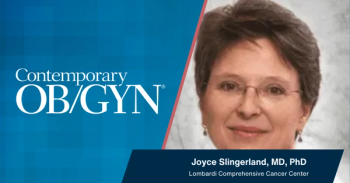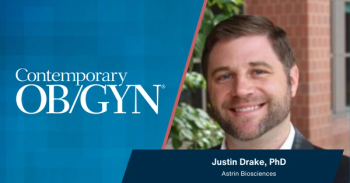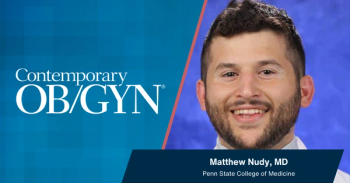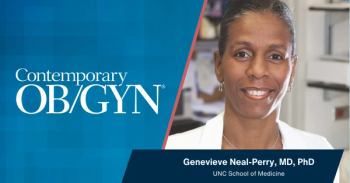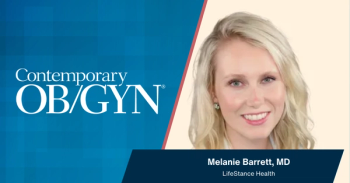
Resolving the menopausal HT and CHD dilemma: Playing for KEEPS
Could menopausal hormone therapy protect some women's hearts, after all, as once thought? The new KEEPS trial aims to clarify that lingering question.
Unexpected twists in anticipated outcomes have humbled the scientific community again and again.1,2 Even so, we were completely blind-sided by the successive results of the HERS and then the Women's Health Initiative Estrogen and Progestin (WHI E&P) Trial, which explored effects of menopausal estrogen on cardiovascular parameters.3,4 In fact, the cataclysm set off by the news sent epidemiologists, clinicians, and research scientists alike reeling. Up until then, estrogen was becoming widely accepted as a universal remedy for an aging female population, given the reassurance from years of observational and experimental data.
And then came the published results of these two key clinical trials, showing a null effect for primary prevention (WHI) and harm for secondary prevention (HERS)! What followed were impassioned attempts at rationalizing the unexpected, ranging from a complete acceptance to an all-consuming denial of these findings. The WHI trial was then intensively scrutinized in hopes of elucidating key factors that could partially explain the unexpected findings.
POSSIBLE EXPLANATIONS. These included: the choice of hormonal formulation (esterified conjugated estrogens at a dose of 0.625 mg/day of Premarin-rather than natural 17- estradiol-and continuous, synthetic progestin medroxyprogesterone acetate-MPA), the route of administration (oral versus parenteral), the validity of the enrolled population itself, as well as the age of the enrollees in the WHI E&P trial. All were identified as factors that may have contributed to the trial's startling outcomes.
Is the pendulum swinging back?
The pendulum seems poised to change direction yet again when it comes to implications of estrogen for cardiovascular health in particular, and multi-system health in general. Post-hoc analyses of the WHI data, as well as findings from the newer coronary artery calcium substudy in the WHI population provide reassuring glimpses of cardio-protective implications of menopausal estrogen in the 50- to 59-year age group of postmenopausal women.5,6
HEART PROTECTIVE, AFTER ALL? These data strongly imply that, if hormonal therapy is initiated early enough after the onset of menopause, not only is there no harm to the cardiovascular system, but there may actually be substantial and enduring protection. The magnitude and nature of the protective effect of "early initiation" of estrogen are in agreement with the earlier observational and experimental data that led to the rationale for the WHI clinical trial in the first place. But now the hypothesis has been modified to accommodate the knowledge that while it is likely to be a highly effective primaryintervention, estrogen is ineffective-and even harmful-as a secondary preventive agent.
ATTRACTIVE, UNTESTED THEORY. In essence, current thinking is that in the early stages of atherosclerosis-before vessels are injured and before unstable plaque forms-estrogen exerts a salutary effect on the arterial wall, slowing the progression of cardiovascular disease. However, once unstable plaque has formed and blood vessels have lost their flexibility, estrogen-either through prothrombotic effects or other as-yet-undetermined mechanisms-becomes harmful. This theory, as yet clinically untested, is attractive because it reconciles all the existing data and explains why the longitudinal studies, such as The Nurses' Health Study, have demonstrated consistent coronary heart disease prevention from menopausal hormone therapy, and the two clinical trials-WHI and HERS-demonstrated null effect and harm, respectively.
Newsletter
Get the latest clinical updates, case studies, and expert commentary in obstetric and gynecologic care. Sign up now to stay informed.

